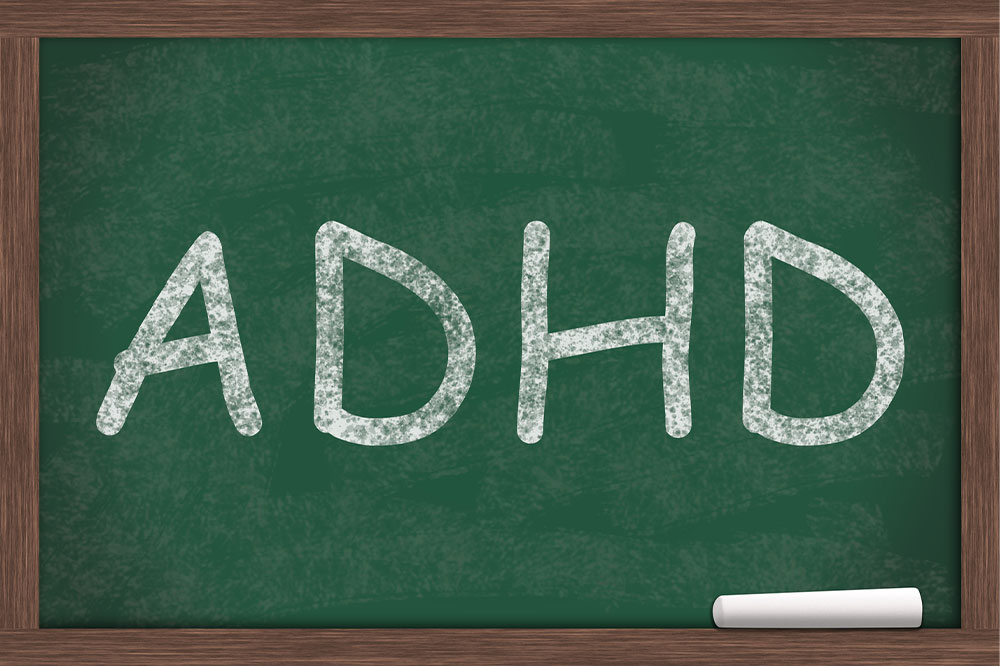
ADHD – Signs, types, causes, and management
Attention deficit hyperactivity disorder, commonly referred to as ADHD, is a mental health condition that affects millions of people worldwide. Those with the disease have difficulty paying attention, display impulsive behavior, and have trouble sitting still in one place. Most people receive an ADHD diagnosis in childhood, which often lasts into adulthood. There is no cure for this mental health disorder; however, it can be managed. Here’s what you need to know about ADHD.
Signs and symptoms
ADHD can manifest differently in different individuals. In most cases, the signs and symptoms emerge in early childhood. While some individuals outgrow their ADHD symptoms, others carry them into adulthood, which affects their social and personal lives.
The three main symptoms of the condition are trouble with focus, hyperactivity, and impulsivity, which can manifest in the following ways in daily life:
- Forgetting or losing things often
- Daydreaming a lot
- Squirming or fidgeting
- Talking excessively
- Making careless mistakes or taking unnecessary risks
- Not being able to resist temptation
- Having difficulty getting along with others
- Having trouble taking turns while playing
Different people with ADHD can exhibit the three main symptoms to varying degrees, and not everyone may have all three.
Types of ADHD
Based on which signs and symptoms are prominent in an individual, ADHD is classified into three types:
Predominantly inattentive type
Individuals with this type of ADHD have difficulty organizing or finishing a task, paying attention to details, or following instructions or conversations. They also tend to get distracted and forget things easily. Unfortunately, many children with predominantly inattentive ADHD do not receive a proper diagnosis because they usually do not cause disturbance in the classroom.
Predominantly hyperactive-impulsive type
In people with this type of ADHD, hyperactive and impulsive behavior is prominent. They fidget and talk a lot. It is hard for them to sit still for some time, such as while doing homework or eating dinner. They also feel restless most of the time and have trouble controlling their impulsive behavior. Smaller children may interrupt others, speak at inappropriate times, grab things from other people, or run, jump, and climb constantly.
Combined type
People with the combined type of ADHD exhibit a range of both inattentive and hyperactive symptoms. Most people are diagnosed with the combined type.
Causes and risk factors
Research regarding what causes ADHD is still underway. Though the condition’s exact cause is unknown, researchers have identified several factors that seem to play a role in the condition’s development. These include:
- Having close relatives with ADHD or other mental health disorders
- Exposure to environmental toxins
- Brain injury
- Being born prematurely
- A low birth weight
Treatment options
There is no cure for ADHD; treatment aims to help reduce various signs and symptoms and empower individuals to manage the condition better. One of the most common treatment options for ADHD is psychotherapy. Psychotherapy for ADHD is divided into two types:
Cognitive behavioral therapy (CBT)
This therapy teaches and encourages people to become aware of their thoughts, emotions, and behaviors and make positive changes. CBT can help both adults and kids tackle challenges, such as school, work, or relationship problems.
Marital counseling and family therapy
Living with someone who has ADHD can be stressful. This therapy aims to help a patient’s immediate family deal with stress and teach them what they can do to assist the patient in the best possible way.
Tips for living better with ADHD
In addition to receiving professional treatment, individuals with ADHD can personally try various things to improve their quality of life. These include:
Eating healthy
Foods play a crucial role in managing ADHD symptoms. Meal plans containing lots of fruits, vegetables, whole grains, and lean protein can help ease symptoms while improving overall health. It is also vital to limit or eliminate unhealthy foods, such as those high in sugar and unhealthy fats.
Exercising regularly
Working out every day is an excellent way to reduce hyperactivity and inattention associated with ADHD. It can also alleviate stress, boost mood, and calm the mind. Patients can try walking, jogging, cycling, or swimming.
Getting sufficient sleep
Sleep deprivation can worsen ADHD symptoms by making it difficult to focus and maintain productivity. One must get at least seven to eight hours of sleep every night. Reducing caffeine before bedtime and following a consistent sleep-wake schedule can help.
Working on time management skills
To manage time, one can start with prioritizing tasks for the day and then set a deadline for everything, including small tasks. It can also significantly help one stay organized, reducing stress.




